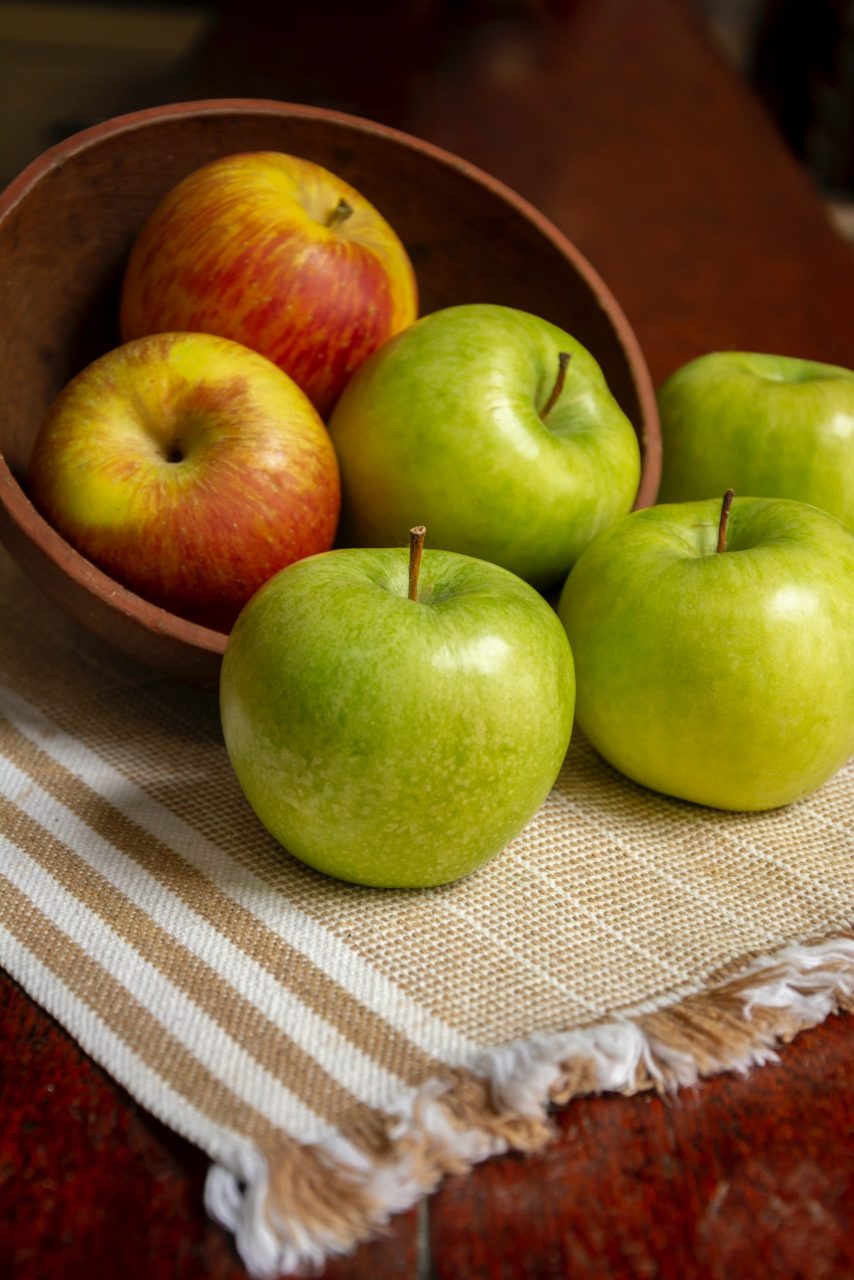What are the healthiest fruits: Nutrition and benefits
The healthiest fruit is typically considered to be either an apple or a banana. However, other fruits such as berries, grapes, and melons are also often cited as being among the healthiest. This is because they all contain high levels of vitamins, minerals, and antioxidants that can boost your health in a variety of ways.
Apples are a good source of fiber, which can help to regulate digestion and prevent constipation. They’re also rich in vitamins A and C, as well as potassium and magnesium. All of these nutrients are essential for maintaining good health. Additionally, apples contain polyphenols – plant-based compounds that have been shown to protect against heart disease and cancer.
Bananas are another excellent source of fiber, as well as vitamins C and B6. They’re also a good source of potassium – an important electrolyte that helps to regulate blood pressure levels. Bananas are low in calories and fat-free, making them a great choice if you’re trying to lose weight or maintain a healthy weight. Additionally, they contain resistant starch – a type of dietary fiber that has been shown to promote gut health by helping the body absorb nutrients more effectively.Read More »What are the healthiest fruits: Nutrition and benefits






